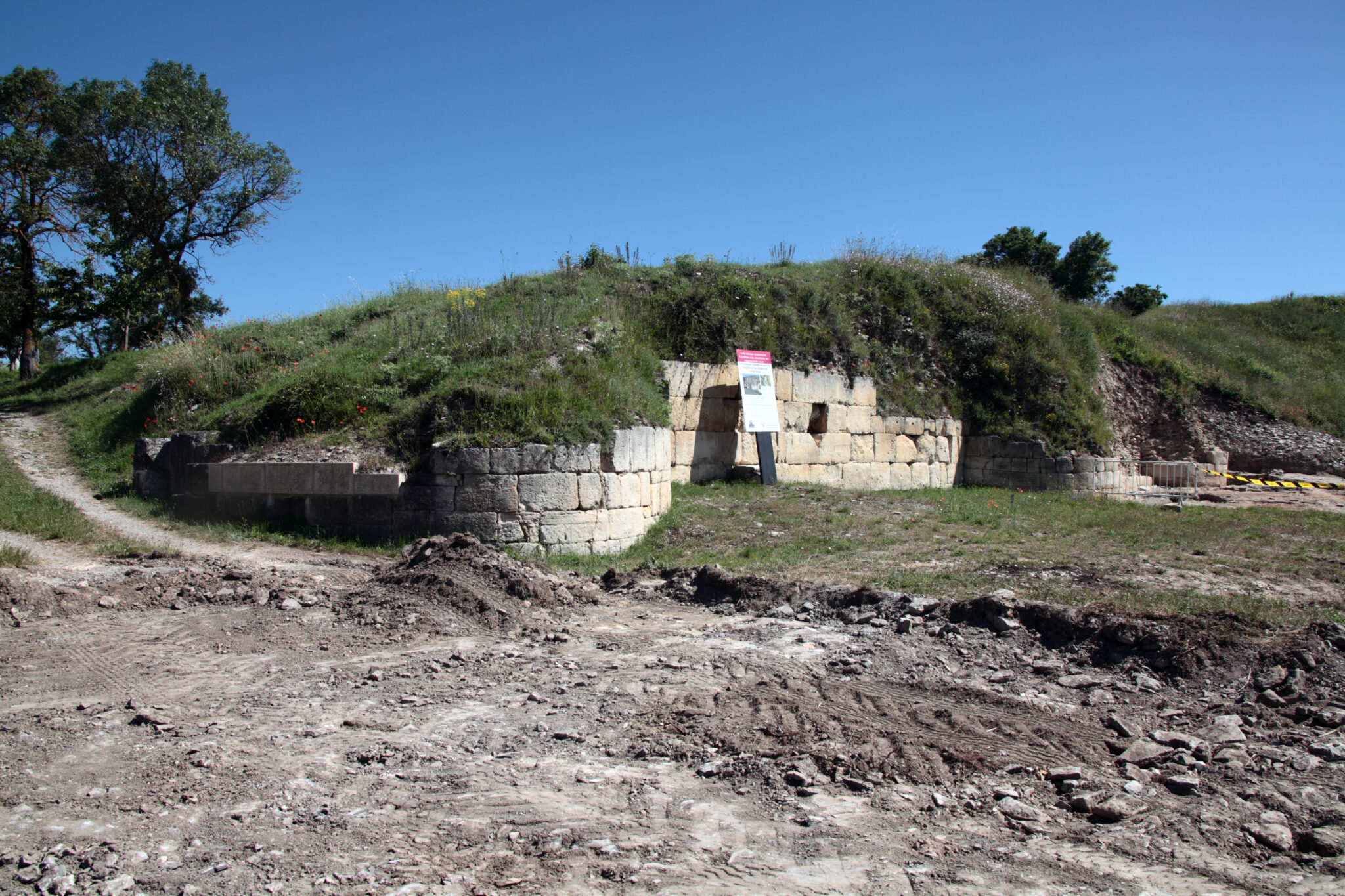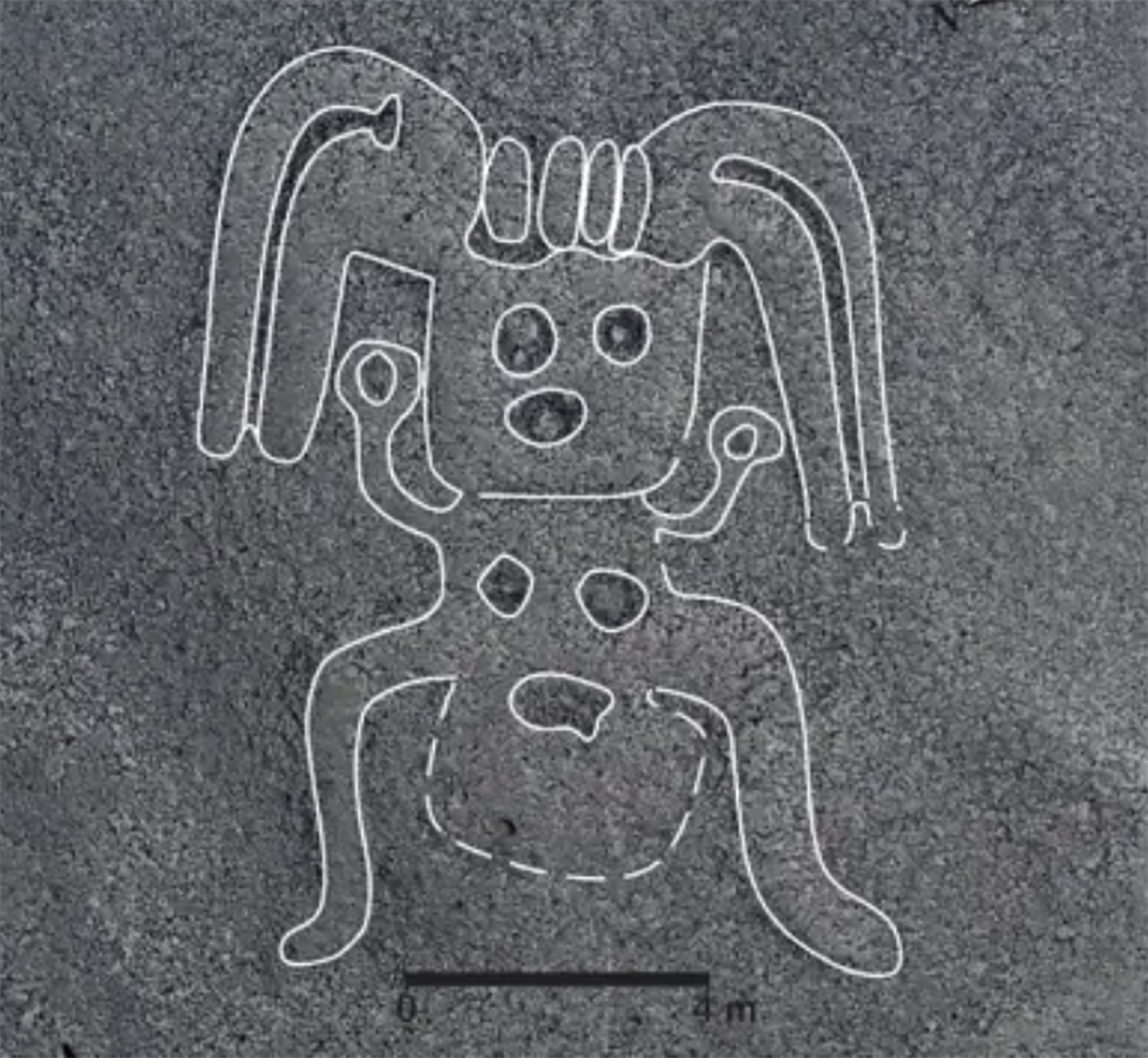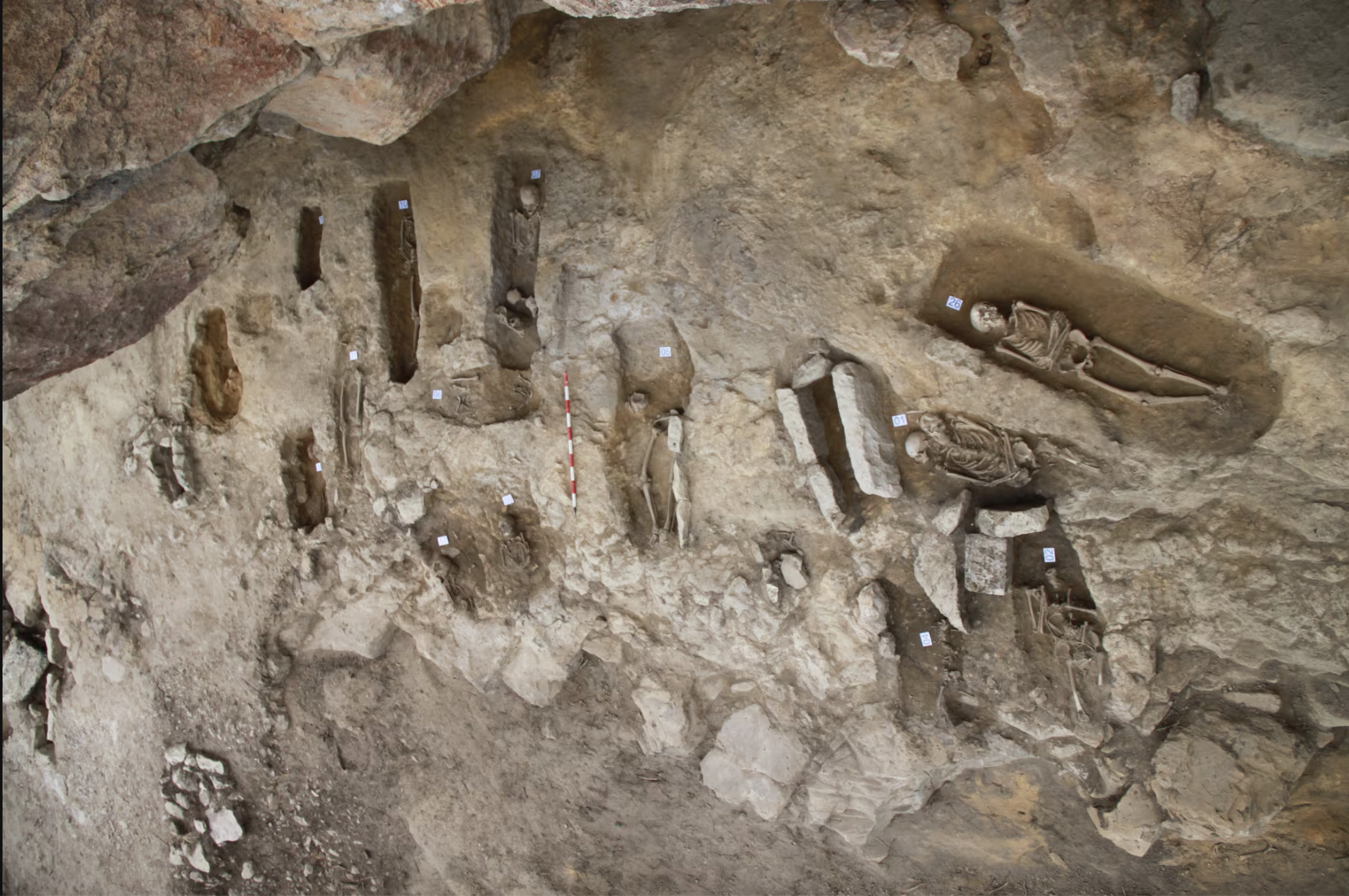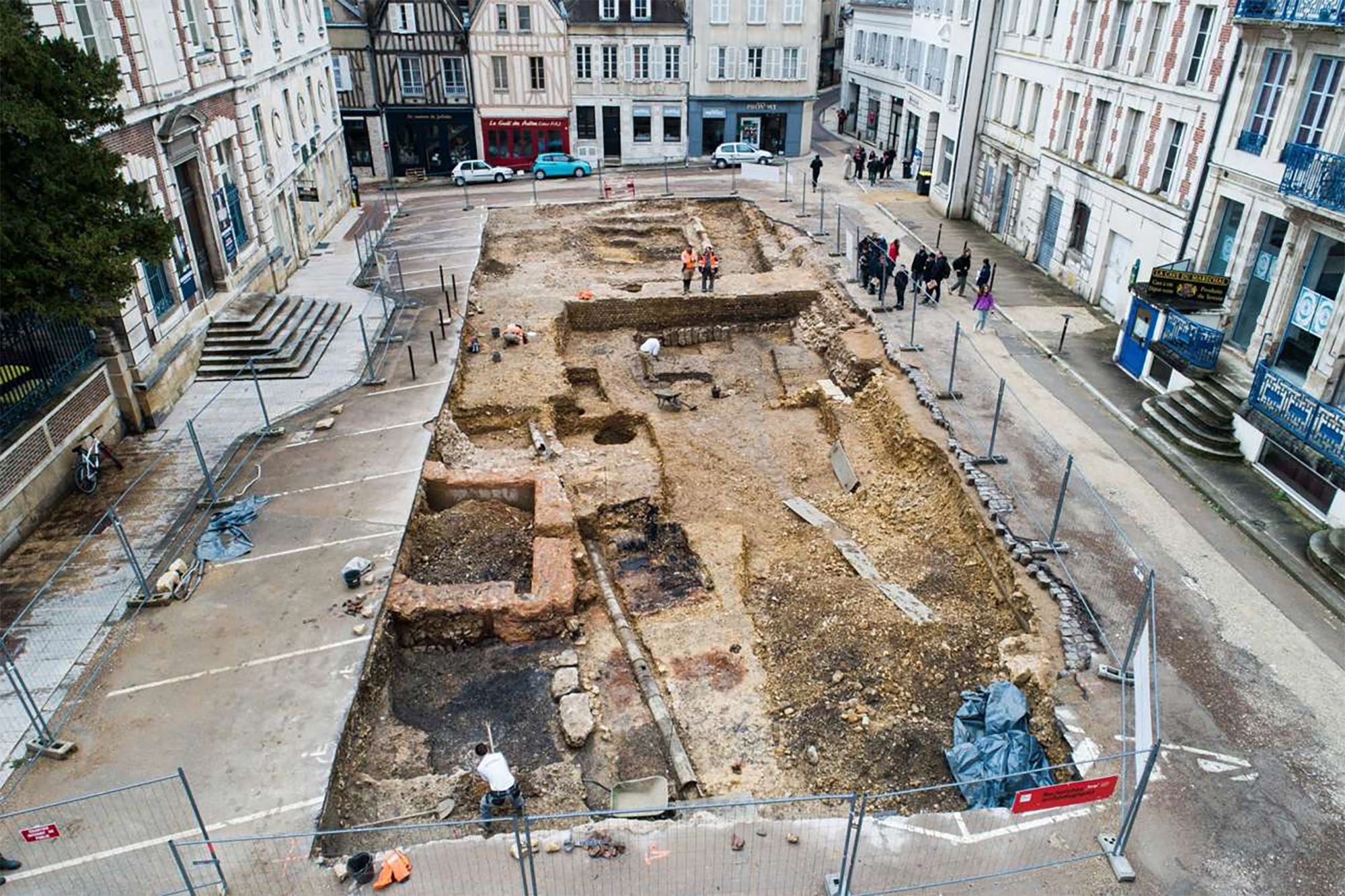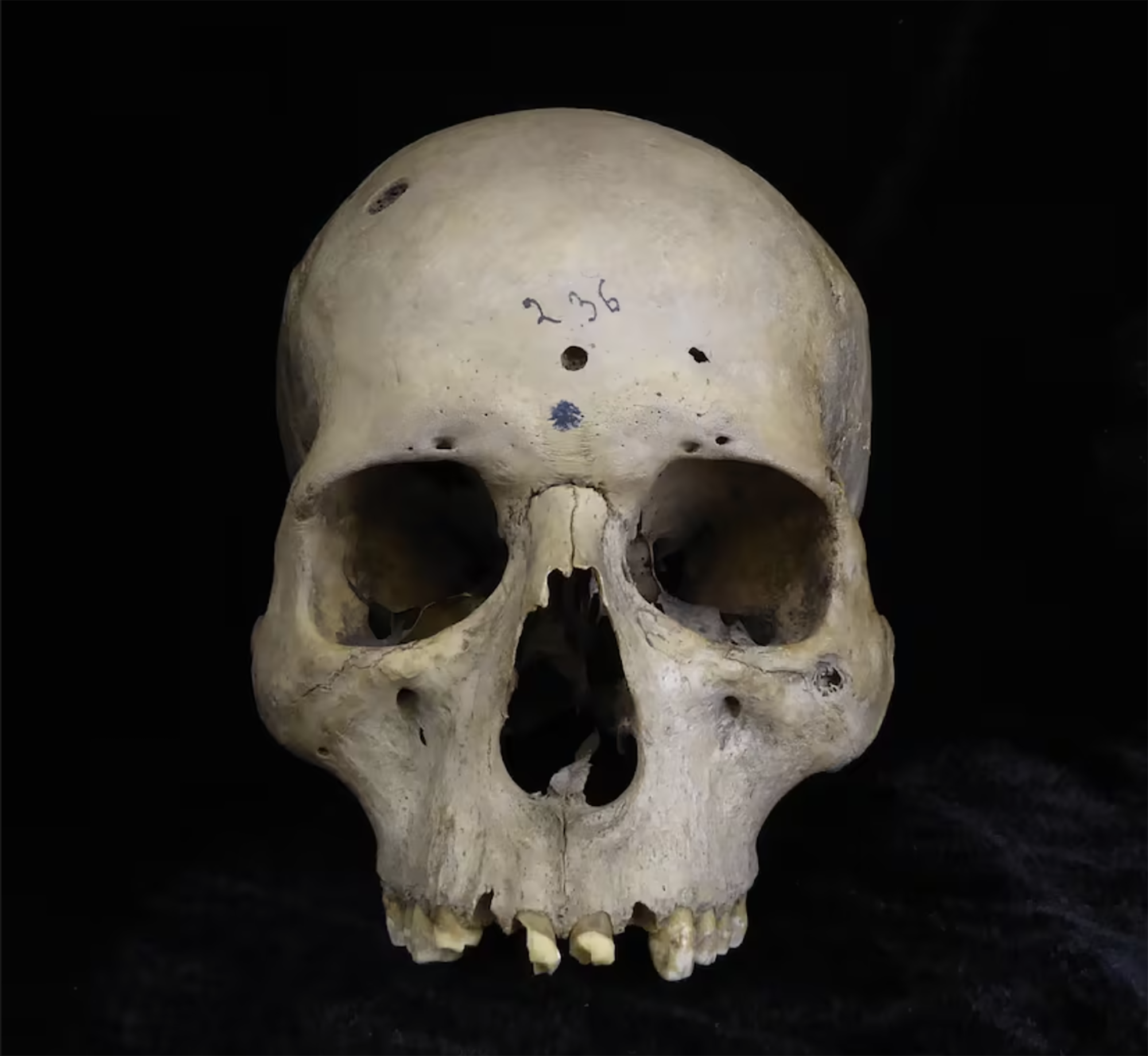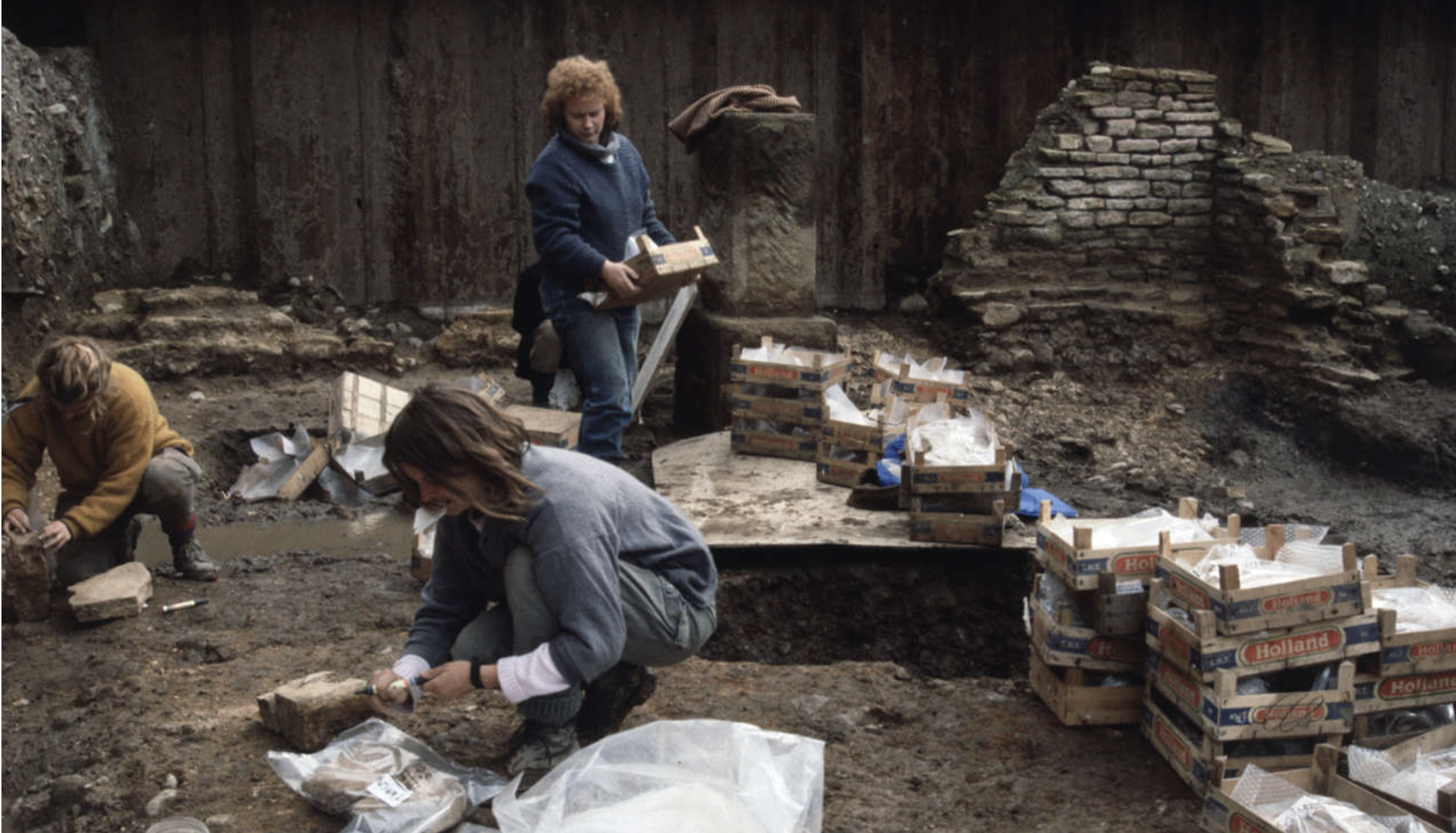Find remains of a Roman circus for 5,000 people in Iruña–Veleia
- Next to the archaeological site of Alavés, a structure of 280 meters in length and 72 meters in width is hidden beneath the cultivation fields. The company Arkikus has made the finding using special drone mapping techniques, which have been performed by Astilleros. In the Basque Country there is nothing more than this and it can be similar to the Roman cities of Tarraco or Calagurris. This technique has also allowed the identification of hundreds of other Iruña–Veleia structures.

Iruña Veleia continues to shake the world of archaeology. On this occasion they have made a spectacular discovery: A Roman circus of almost two thousand years, which could be for about 5,000 people, is hidden at the bottom of the site.
The news, brought forward on Tuesday in the Cadena Ser, was published this Wednesday morning by the heads of culture of the Diputación de Álava and the Basque Government, and by the representatives of the company Arkikus, Javier Ordoño and Iker Ordoño.
For the deputy of Culture and Sport, Ana del Val, "the finding is very important and reiterates again that Iruña Veleia is a great deposit of antiquity, with a great archaeological and historical potential for her study".
To find the footprints, Arkikus has used a very special technique: old and new aerial photographs, drone images and cartography with the LiDAR laser scanner. Thus, a structure of 280 meters long by 72 meters wide has been identified, which, "without a doubt", could be a Roman circus.
Those responsible for the archaeological firm have explained that the dimensions and characteristics of the structure are similar to those of other monuments. The photographs show a long form of two parallel lines and a closed side by circle, in the subsoil of the growing fields. Now, the finding will have to be confirmed by the excavations being carried out in the area.
In the circuit horses and chariots were racing, especially in the Roman era; on one side there was porta triumphalis, from where the winner came, says Javier Ordoño in an interview in Radio Euskadi.
Ordoño also explains why he has not realised that so far there has been such a large structure: "No one has looked in the eye to see, because he was not trained and the right technologies have not been used," he explained.
According to the Arkikus member, the time of observation has also been key: "We have compared the growth of the fields and that has taught us some structures. This can only be done at the end of the spring on very specific days, when the grains arrive and the right conditions are given. We have almost seen the circus leave the earth, so to speak.
Hundreds of buildings underground
It is the third circus in the north of the Iberian Peninsula, the Roman city of Tarraco in Tarragona and the one of Calagurris in Calahorra. This shows the importance of the city of Iruña Veleia on the side of the road that between the 1st and 5th centuries was headed from Astorga to Bordeaux, according to archaeologists.
In addition, there are still many other structures to discover. Arkikus has observed about 251 hectares of site with these unique techniques and has identified "evidence" of the remains of hundreds of buildings. They belong to an organized urbanism, such as porticated streets, public spaces, housing, neighborhoods and cultural temples, as well as other infrastructures such as water supply.
.png)
However, the leaders of Arkikus have also shown prudence at their hearing this Wednesday, as there are buildings that are clearly seen and others that have not yet been confirmed as old structures.
In the hearing, both archaeologists and authorities have ruled out that the circus will be excavated in its entirety, as it would not be sustainable and there would be difficulties in its conservation: "It is important to research, publish, disseminate, make economic use of... but what interests us is historical knowledge."
Martxoaren 30erako Iruña-Veleia martxan, SOS Iruña-Veleia eta Euskeraren jatorria elkarteek manifestaziora deitu dute, Aski da! Argitu, ez suntsitu lelopean. Azken bi urteetan "hondeatzaileak sistematikoki eremu arkeologiko oso aberatsak suntsitzeko modu... [+]
Ethiopia, 24 November 1974. Lucy's skeleton was found in Hadar, one of the oldest traces of human ancestors. The Australian hominid of Australopithecus afarensis is between 3.2 and 3.5 million years old.
So they considered it the ancestor of species, the mother of all of us. In... [+]
While working at a site in the Roman era of Normandy, several archaeology students have recently made a curious discovery: inside a clay pot they found a small glass jar, of which women used to bring perfume in the 19th century.
And inside the jar was a little papelite with a... [+]
A team of researchers led by the Japanese archaeologist Masato Sakai of the University of Yamagata has discovered numerous geoglyphs in the Nazca Desert (Peru). In total, 303 geoglyphs have been found, almost twice as many geoglyphs as previously known. To do so, researchers... [+]
Treviño, 6th century. A group of hermits began living in the caves of Las Gobas and excavated new caves in the gorge of the Laño River, occupied since prehistory. In the next century, the community began to use one of the caves as a necropolis. In the 9th century they left the... [+]
On August 1, a dozen people from the family were in Aranguren. Two young people from Aranzadi made firsthand the excavations and works being carried out in Irulegi. This visit is highly recommended, as it reflects the dimension of the work they are doing.
Halfway, at the first... [+]
In the desert of Coahuila (Mexico), in the dunes of Bilbao, remains of a human skeleton have been found. After being studied by archaeologists, they conclude that they are between 95 and 1250 years old and that they are related to the culture of Candelaria.
The finding has been... [+]
The Roman city of Santakriz is an impressive archaeological site located in Eslava, near Sangüesa. Apparently, there was a fortified people of the Iron Age, and then the Romans settled in the same place. Juan Castrillo, himself a priest of Eslava, gave the site for the first... [+]
This winter the archaeologists of the INRAP (National Institute of Preventive Archaeological Research) have found a special necropolis in the historic centre of Auxerre (French State), a Roman cemetery for newborn babies or stillbirths. - Oh, good! The necropolis used between... [+]
Two years ago, the Catalan archaeologist Edgard Camarós, two human skulls and Cancer? He found a motif card inside a cardboard box at Cambridge University. Skulls were coming from Giga, from Egypt, and he recently published in the journal Frontiers in Medicine, his team has... [+]
York, England, 2nd century. Various structures and houses were built in the Roman city of Eboracum. Among others, they built a stone building in the present Wellington Row and placed an arch in the wall that crossed the Queen’s Hotel. Both deposits were excavated in the second... [+]








